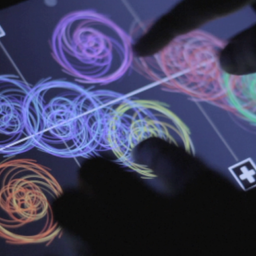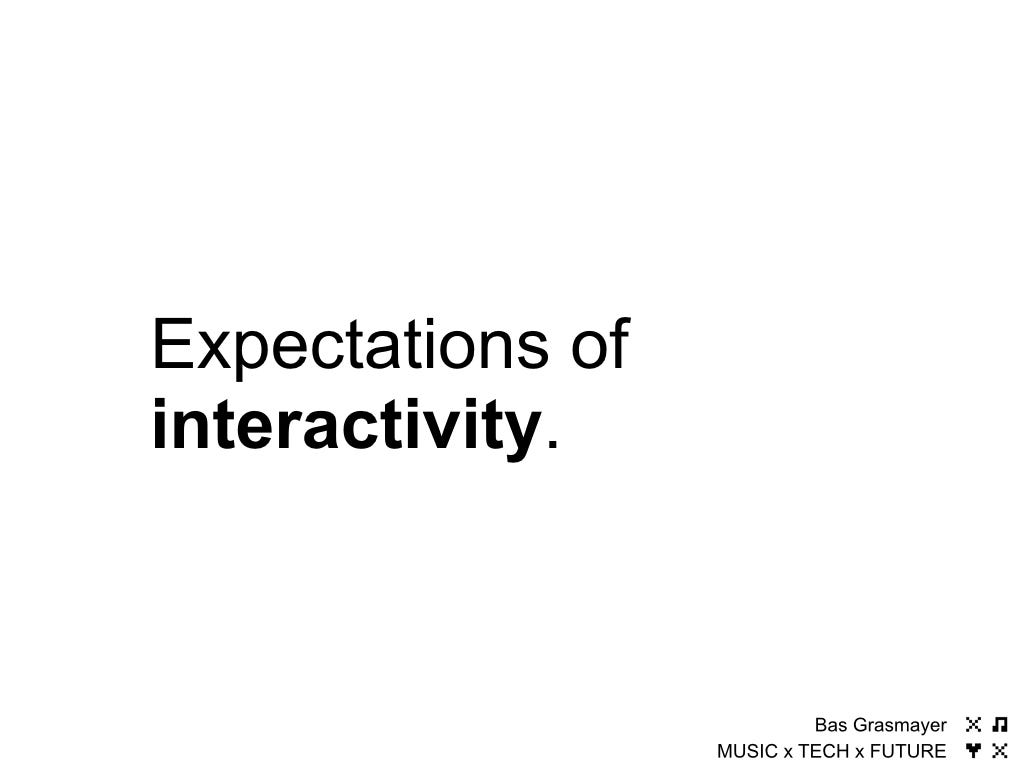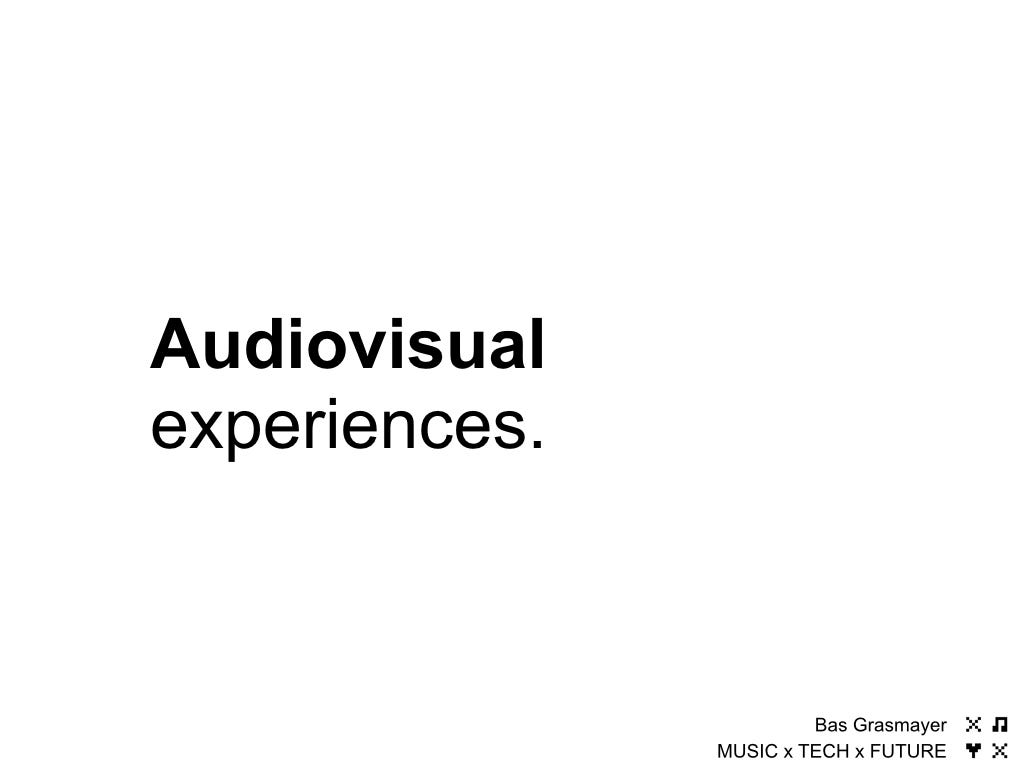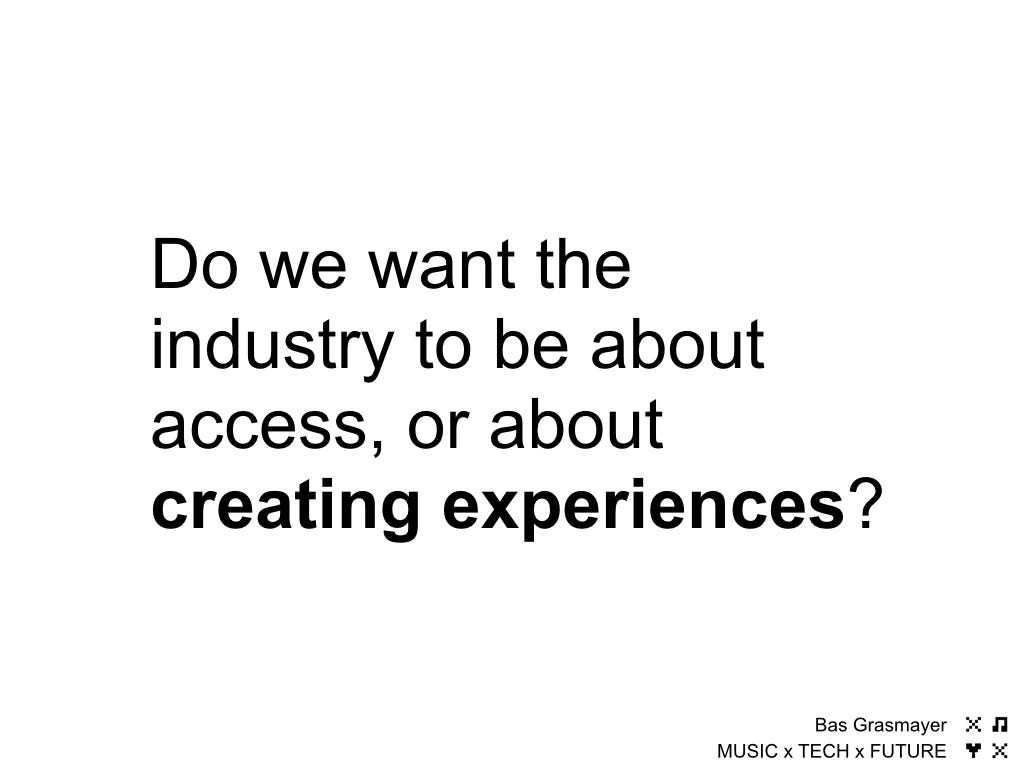It’s a point I repeat frequently: the gaming industry got into the same mess as the music industry at exactly the same time.
Suddenly, people started communicating digitally through networks. Everything that could be made digital was now communicable (at near-zero cost) through these networks. Confusion about what the product is slowed down progress. Music was never the product; the carrier was. Since games are an interactive medium, it didn’t take people long to figure out how to use interconnectedness to find new revenue models: online play, subscriptions to games, microtransactions, free-to-play with purchases to unlock things faster, etc.
While the music industry’s revenues have finally stabilized, the gaming industry’s revenue has soared. Not only that.

New platforms like Twitch, which are rapidly growing in popularity, are creating new revenues for the gaming industry by enabling ‘superfans’ to make money playing the games they love.
When I started out at Zvooq, I spent some time researching gamification, game mechanics and design, in order to understand the psychological processes behind the gaming’s ability to monetize users. I was specifically interested to learn how these concepts could be applied to music services. I’ve cherry picked 3 concepts, but if you’d like me to dig deeper in an article or specified to your product or service, let me know.
Vanity & Identity
Revenues are not the only thing the internet has ‘taken away’ from the music industry. Music has also lost its cultural significance. Pre-internet, music was sometimes the only way to find out that there were other people in the world who had the exact same thoughts you had. For an industry with such a strong background in giving people ways to explore and express their identity, we’ve done a piss poor job of taking that into the digital age.
Identity is omni-present in (social) game environments. From game-like virtual worlds such as Habbo and Second Life, to full-on MMORPGs like World of Warcraft and Runescape, to social time management games like Clash of Clans & Farmville (farm layout counts as identity), and even single player games like The Sims or Fallout 4 (people share their characters and stories in online communities). And of course Minecraft with its massive economy in terms of games sales revenues, ad revenues from Twitch streamers & YouTubers, server rental, mods, skins, etc.
What are the mechanics?
Identity in virtual economies is most-often expressed through vanity and functional goods, such as items that are unlocked when reaching a certain level or accomplishing a certain feat. To keep gameplay interesting, some items may be earned while others have a random factor to them, meaning they only ‘drop’ a small percentage of the time after killing a difficult boss.
These goods provide a way to display social status in online communities. Some online games, like online collectible card game Hearthstone, only allow players to unlock certain hero portraits (pure vanity) by paying real world money, whereas other vanity items like golden cards are unlocked by playing a lot and having some luck with the random factor.
How music services can apply this
The last social platform that really emphasized music as a means to display identity was MySpace (edit: ok, and Last.fm). People would carefully compose lists of artists and bands to show off their music taste and connect to strangers. We’ve come a long way since then.
Online fan communities that are focused on certain artists or genres provide an excellent opportunity for expressing and exploring identity. This could be done inside, or on top of, existing music platforms like Apple Music (there’s an API), Spotify or YouTube. It could also be done in dedicated artist apps.
Rival Goods
A popular concept in games is rival goods: resources which are valued by gamers, but which can be (temporarily) depleted. This may be vanity items, but also functional items like health packs, resources which enable certain abilities, or pieces of equipment. The mechanics they inspire include social competition, but also collaboration as goods might be hard to attain on your own.
How music services can apply this
Music can be reproduced infinitely at zero-cost and does not perish. Creating scarce experiences is immensely valuable in the social web. You may let people compete for rival goods such as being on an exclusive artist newsletter or weekly Periscope session, the ability to vote on things artists or services have flexibility over, but also vanity items as pointed out in the previous section. These goods could be competed for whilst someone is holding them, could be spent or depleted, or they may perish after a certain amount of time. This means you don’t lose a monetization option as soon as somone pays for it once.
You can let people collaborate to unlock other types of rival goods, like: 100 tweets unlocks the next track to download from my upcoming album, but the first 70 people to tweet will get a special video as a thank you. Or you can offer autographed stuff, or something else people will value. Remember to ask!
Virtual Economies: Time-poor & Money-rich vs Time-rich & Money-poor
To me, the most interesting thing gaming has figured out is how to create environments in which people who will spend lots of time, but no money, can create value for those who have less time to spend, but are willing to pay to take a shortcut.
This can take on various forms of complexity. Here are two examples:
- Hearthstone & Farmville: free players provide a big player base, so paying players always have other players to play against.
- Games with marketplaces: free players ‘grind’ and sell resources, whereas paying players might spend real world money to purchase those resources.
The latter creates an interesting situation, because it creates an exchange rate for real world currency to in-game currency, even when in-game currency can’t be purchased directly. This provides an option to let free players ‘cash out’ or you can leave them to spend their in-game currency inside the virtual economy. Cashing out might reduce inflation, but rewarding people with extrinsic rewards will decrease the person’s intrinsic motivation for the gamified behaviour.
How music services can apply this
There are a lot of opportunity to create music-based virtual economies at scale on existing platforms. I think we’re going to see this when the competition for new listeners for streaming services dies down. Too many resources are currently stuck in marketing and expansion, instead of finding new revenue sources. One obstacle might be some record labels, as they might want to have a piece of the pie, whereas artist managers might feel that virtual goods related to artists or bands should not count towards recorded music revenue. This dispute doesn’t sound like it involves the services, but due to terms in contracts which allow music companies to gatekeep features, it’s very relevant.
If you’d start out as a new platform which is happy to have an incomplete catalogue (which can work fine if you don’t position yourself as a one-size-fits-all service), then a virtual economy can solve:
- How to give people a distinct sense of progress;
- How to add value to this progress;
- How to create a platform that’s attractive to creators;
- How to stimulate users to behave like (value) creators.
Just imagine: the money spent by paying users sets a value of virtual currency. Free users that provide a lot of value can use this currency to buy ‘real world’ stuff, like tickets to shows or even merchandise. As the free users’ lifestyles change, eg. student → yuppie, they’re increasingly going to make time-poor, money-rich decisions leading to purchases and payments around things that are easy to scale globally (compared to tickets & merch) like features and unlockables.
Further reading
I implore people in music to look at the gaming industry and see what mechanics can be applied for your product or concept. Here’s some further reading to help you along:
- Corrupted Blood incident: an interesting story about a 2005 virtual pandemic happening in World of Warcraft and how its player community reacted to it. It has been the subject of study by epidemiologists and counter-terrorism experts.
- The Science of Gamification: an introduction to applying game mechanics to non-game products and services. Great intro to game-thinking.
- Why Games Work and the Science of Learning (PDF): great paper on the motivation psychology of gaming and learning.
- Social Mechanics: the Engines behind Everything Multiplayer (PDF): a presentation which provides an excellent introduction to social mechanics in virtual environments to a deeper extent than which I’ve been able to cover in this article.
Originally published in my weekly newsletter MUSIC x TECH x FUTURE. If you enjoyed reading this, please consider sharing and subscribing.
Follow on Twitter.
Follow on Facebook.

















